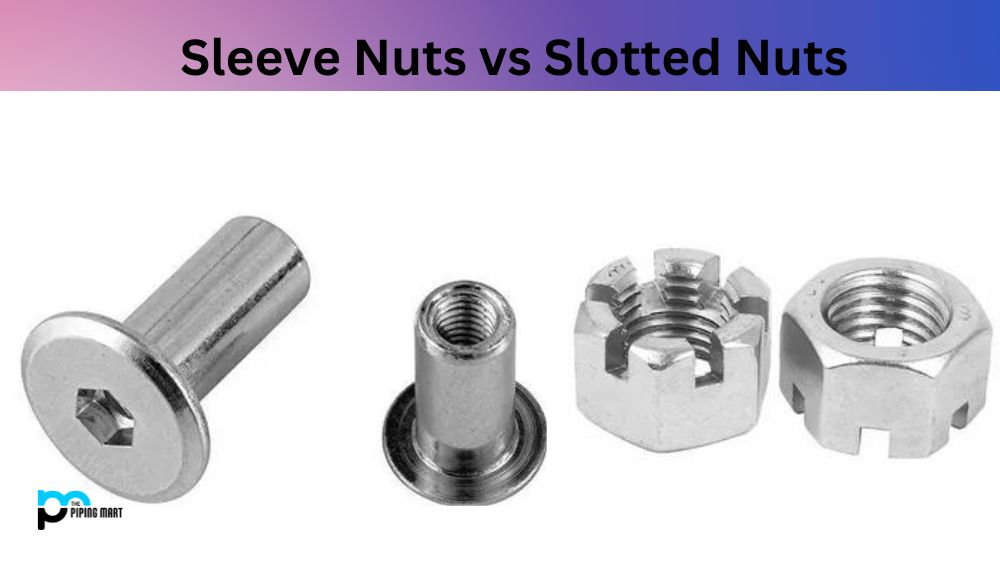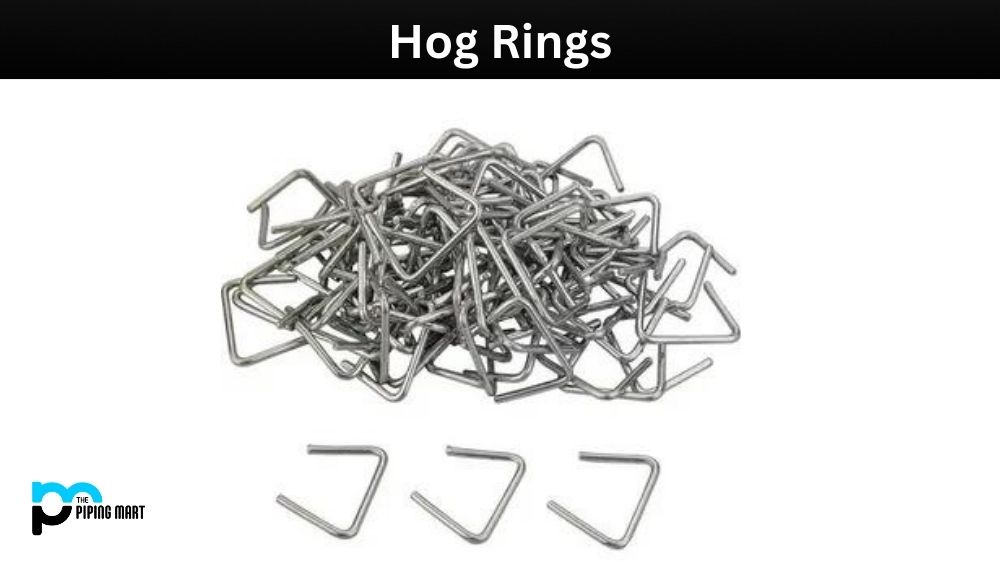When undertaking any construction project, selecting a suitable fastener is essential. The type of fastener you choose determines the strength and durability of your project. You may come across two popular types of pins: Dynabolt and Trubolt. While both fasteners are designed to provide a robust and secure attachment, some differences exist. In this article, we will explore the differences and similarities between Dynabolt and Trubolt and help you choose the best fastener for your project.
What is a Dynabolt?
A dynabolt is a type of fastener that is used to attach metal to concrete. It consists of a threaded rod embedded in a concrete block. The block of concrete is then covered with a plastic sleeve.
What is a Trubolt?
A turbot is also a type of fastener that is used to attach metal to concrete. It consists of a threaded rod embedded in a concrete block. The difference between a dynabolt and a trubolt is that the trubolt has an expansion sleeve that helps to grip the concrete better.
Difference Between Dynabolt and Trubolt
Strength and Durability
Both Dynabolt and Trubolt are designed to provide excellent strength and durability, so they can handle heavy loads and ensure that the attached structure remains stable over time. Dynabolt is known for its high-strength anchor, which makes it a popular choice for heavy-duty applications such as construction and drilling. On the other hand, Trubolt is manufactured using high-quality materials that provide exceptional resistance to corrosion and ensure durability, making it a top pick for outdoor installations and harsh environments.
Installation Process
Installation of Dynabolt and Trubolt requires a unique installation process. Dynabolt anchors require drilling a hole of a specific size into the base material and cleaning the spot before inserting the anchor. Once you hammer the anchor into the hole, the inside sleeve expands to tightly secure the bolt’s attachment. On the other hand, Trubolt anchors use a different installation process, including drilling and cleaning the hole before inserting the anchor. However, unlike Dynabolt, the bolt of Trubolt anchors is inserted and tightened to expand the anchor to protect against separation.
Materials Used
Dynabolt is made of zinc-plated steel, which resists corrosion for an extended period and maintains the fastener’s durability, making it suitable for indoor and outdoor applications. Trubolt, on the other hand, is made of stainless steel, which can resist corrosion much more effectively than zinc-plated steel. Trubolt is an ideal fastener for outdoor installations in humid environments and coastal regions where saltwater damage is a concern.
Cost
Cost is a critical factor when selecting a fastener. Dynabolt, the older buckle, is more readily available and relatively low-cost than Trubolt. However, since the materials used in Trubolt manufacturing are of higher quality, it is more expensive than Dynabolt. Considering its durability and resistance, you get excellent value for money.
Applications
Dynabolt and Trubolt are used for heavy-duty applications that fasten objects to concrete, brick, or masonry. These applications include structural steel, guard rails, electrical panels, machinery, and tools. However, Dynabolt is also for installation system retention, while Trubolt is preferred for outdoor and humid environments.
Dyna bolts Work
Dynabolts expand when they are tightened, which creates friction and helps grip the concrete better. This makes them ideal for use in applications with shear or tension force.
Trubolts Work
Trubolts work similarly to Dyna bolts, but the expansion sleeve helps to increase the amount of friction and grip on the concrete. This makes them ideal for use in applications where there are high loads or where vibration is an issue.
Which is better, Dynabolt or Trubolt?
There is no definitive answer as to which type of fastener is better. It depends on the specific application and what the requirements are.
Conclusion
A suitable fastener for your project is crucial for strong and durable structures. Dynabolt and Trubolt are two popular fasteners widely used in construction projects. While Dynabolt is known for its exceptional strength and cost-effectiveness, Trubolt is preferred for its corrosion-resistant properties and durability. Ultimately, that decision depends on your budget and the environmental conditions of your project. We’ve highlighted their differences and similarities to help guide you towards the right choice for your project. Whatever you choose between Dynabolt and Trubolt, ensure that you complete the installation process correctly to guarantee that it meets your application and safety standards.
Rachana is a dedicated and ambitious young woman who has made a name for herself in the metal industry. From her earliest days in the industry, Rachana showed a natural talent for problem-solving and a keen eye for detail. In her free time, She enjoys reading up on the latest advancements in the industry, as well as exploring new ways to innovate and improve upon existing processes.




